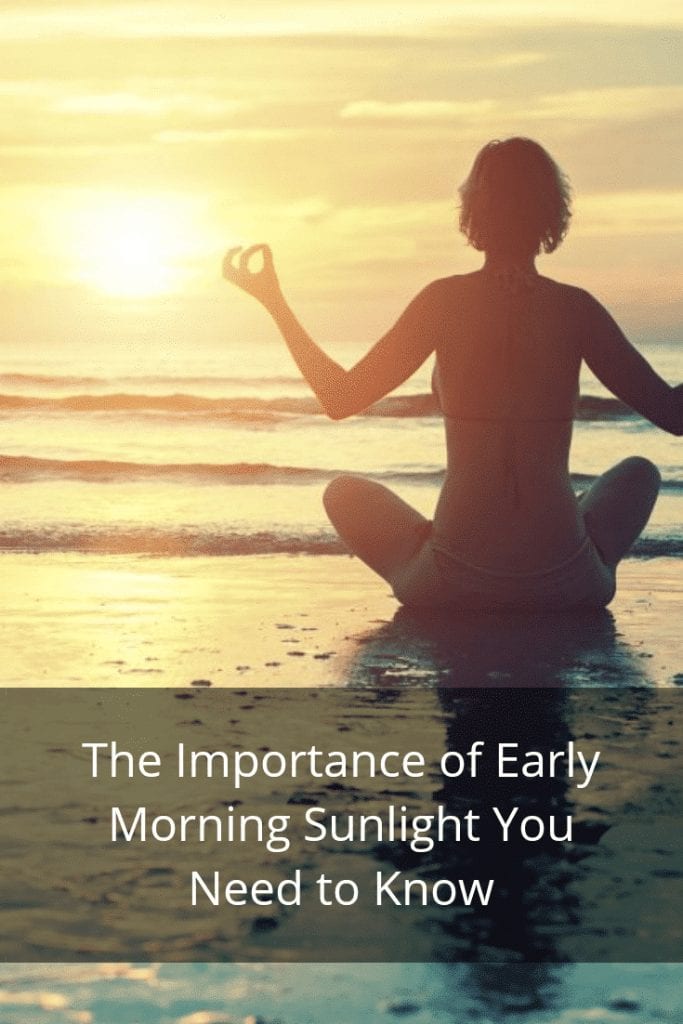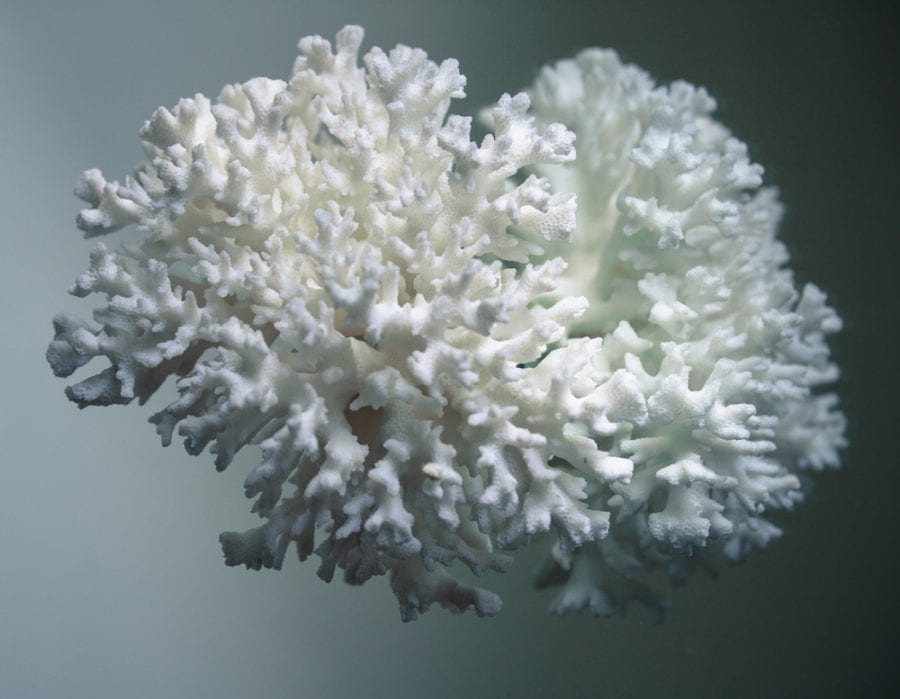Sunrise to Vitality: Unlocking the Morning Sun’s Secrets for Health and Longevity
Many of us who are health-conscious are willing to invest both time and money into our well-being. From the best food money can buy to exercise equipment to moving our bodies to biohacking tools to achieve optimal performance. All in all good health can be looked at as an investment.
But what if there was an easy and free way that anybody could harness healthy hormones, good sleep, and a better mood?
The good news is, there is! Sunlight has powerful properties that humans have evolved throughout history to utilize for better health. Just a bit of time in the sun first thing in the morning is a simple but potent way to reap many benefits.
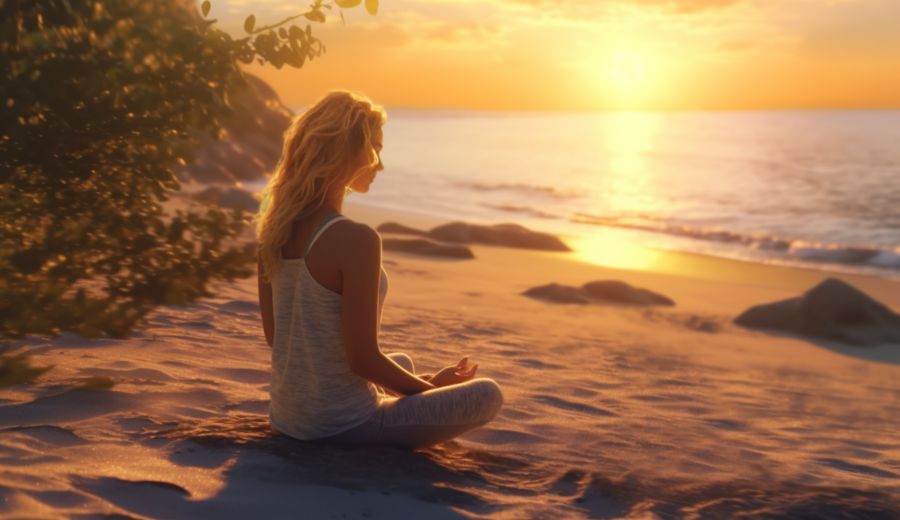
What Makes Morning Sunlight So Unique?
Not all sunlight is the same.
Depending on the atmosphere, Earth’s tilt, and location, as just a few examples, different types of rays reach us. The time of day has a significant impact on the amount and kind of light we enjoy.
The early morning, in particular, exposes us to a different type of sunlight that we do not get the rest of the day.
Wonder why we never get a sunburn or tan first thing in the morning, even if we have very fair skin? This is because the early morning sun is particularly low in UV-B (or ultra-violet) rays. This ray is the type of light that affects our upper layer of skin. UV-B light is what gives our skin a tan or burn, depending on how long we are exposed to it.
The sunlight in the morning, instead, is full of UV-A and IR-A (or infrared) lights. IR-A rays are potent for health, and science is starting to understand how they can help us achieve optimal well-being. The research behind morning sunlight and infrared light are particularly exciting.
Health Benefits of Morning Sunlight
The unique rays available first thing in the morning provide benefits to almost every aspect of health. Just a few of these benefits include:
Reduce Risk of Sunburns with Healthy, All-Day Exposure
One of the best ways to reduce the risk of getting a sunburn? More sun!
Believe it or not, the morning sun is critical for enhancing and strengthening the skin. While UV rays have been studied for their role in skin health, studies in infrared show how beneficial it is. Research supports that early morning light, specifically infrared, is critical in prepping the skin for a day in the sun.
To understand how this can be, consider how our ancestors spent their days. They did not stay in a dark cave until noon. Instead, most were up and working at dawn and throughout the day. If it was a cloudy or darker winter day, the skin did not need to use the same protective hormones. If it was a sunny or summer day, though, the early morning light signaled to the body to get ready.
Humans evolved to spend all day in the sun. Thus, the early morning light plays an important role in getting the body ready for the mid-day sun.
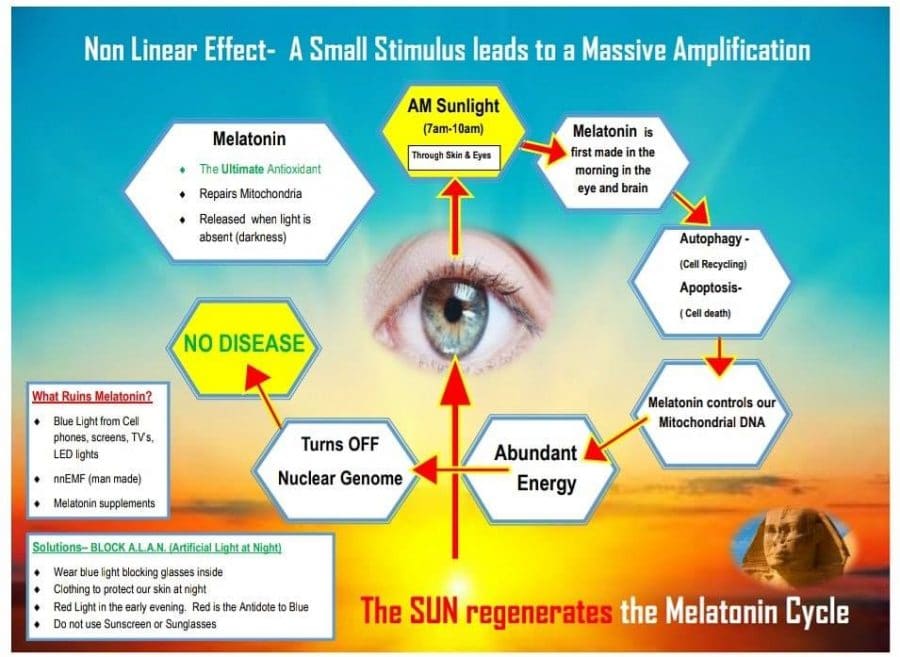 Graphic Created by: @ResilientBobby
Graphic Created by: @ResilientBobby
Better Sleep at Night
Trouble getting to bed at night? Wake up feeling groggy and tired? Early morning sunlight can help!
Our morning routines have an important impact on how well we sleep at night. The morning sun is critical in syncing our circadian rhythms. Circadian rhythms are our internal body clocks that signal a cascade of hormones at the right time each day. Among other crucial hormones, the circadian rhythm has an incredible impact on how well we sleep at night and our alertness in the morning. It both gives us energy throughout the day and makes us sleepy at night.
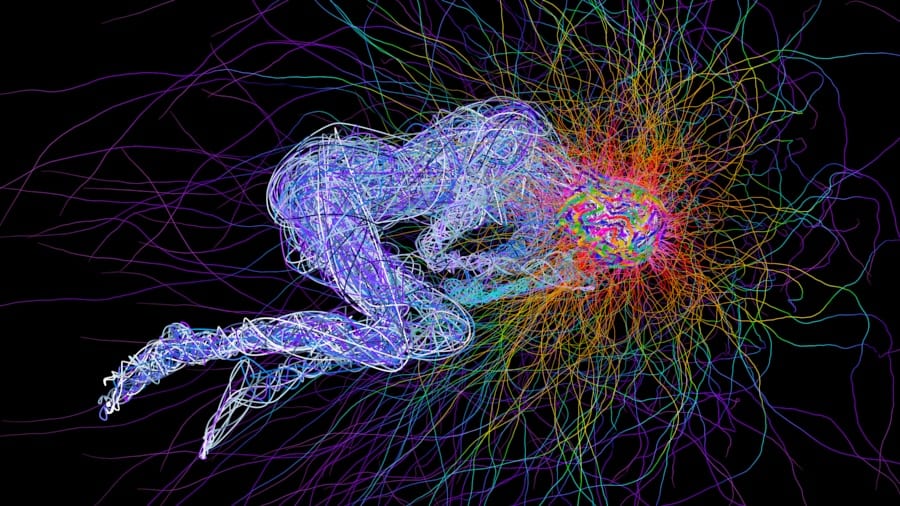
One of the main ways we can create a healthy circadian rhythm is through specific exposure to light.
Sunlight exposes our bodies to a specific combination of UV-A and IR-A rays first thing in the morning. This combination releases a cascade of hormones to make sure we release melatonin at night for better sleep.
Morning sunlight is one of the most reliable signals our bodies have to get a bearing on what time of the day it is. By starting out with sunlight, we can make sure we get better sleep at night.
Increase in Overall Energy
Plants aren’t the only ones that can extract energy from the sun. Not only does the early morning sun make sleeping at night easier, but it also improves our energy levels throughout the day.
There are several reasons why morning light is crucial for energy. One of these is the circadian rhythms discussed above. Circadian not only encourages the body to produce melatonin at night, but it also regulates energy during the day.
Another reason the sun increases our energy is that it directly powers our mitochondria. The mitochondria act as the powerhouse of the cell, and as a result, are directly responsible for our energy levels. Researchers found that infrared light both increases the number of mitochondria and boosts their function.
Increased and boosted mitochondria translate into a noticeable improvement in energy.
If you struggle to keep up your energy throughout the day, morning sunlight could provide a valuable boost.
Reduction in Anxiety
The increase in melatonin due to early morning exposure also plays an important role in anxiety. Researchers have linked melatonin with a reduction in the symptoms of anxiety.
Melatonin is shown in one animal study to increase GABA, an essential amino acid, in the brain. GABA can reduce symptoms of anxiety by producing a calming effect on the mind.
Human studies have also revealed melatonin as a way to reduce anxiety. A 2018 study found that it worked as well as the medication alprazolam for reducing anxiety in patients about to undergo surgery.
Although the research is preliminary, it shows how sunlight can help relax the mind and reduce anxiety symptoms.
Overall Improvement in Mood
Most of us know that sunlight is essential for creating vitamin D, but it’s not the only hormone the body produces. Dopamine and serotonin, both essential mood-regulating hormones, are also produced in response to sunlight.
Many of the antidepressants on the market today work by encouraging the body to create more serotonin. In addition, dopamine is the feel-good hormone that our body releases in response to certain stimuli. Exercise, social media use, and recreational drugs are some of the common ways people get dopamine. The sun could provide a healthy and natural way to reduce symptoms of depression.
Morning sunlight is a natural way to help the body produce both hormones. Many people notice their moods improve remarkably after spending time in the sun.
Weight Loss
While most people concentrate on diet and exercise to lose weight, many factors influence weight loss. Morning light exposure is one important way to encourage weight loss.
One study showed that adults with early morning exposure to light were more likely to have a lower BMI. Another 2018 study found that red light therapy combined with exercise training increased insulin sensitivity and lowered inflammation.
The reasons that modern adults put on weight is multifaceted. Mood, sleep, and hormone balance, though, are significant factors that contribute to weight gain. The positive effect of morning light on all these facets of human health can likewise contribute to a healthy weight.
In addition, there is extensive research on the correlation between circadian disruption and metabolic challenges. Morning sunlight’s ability to regulate the circadian rhythm has a significant ability to undo this disruption.
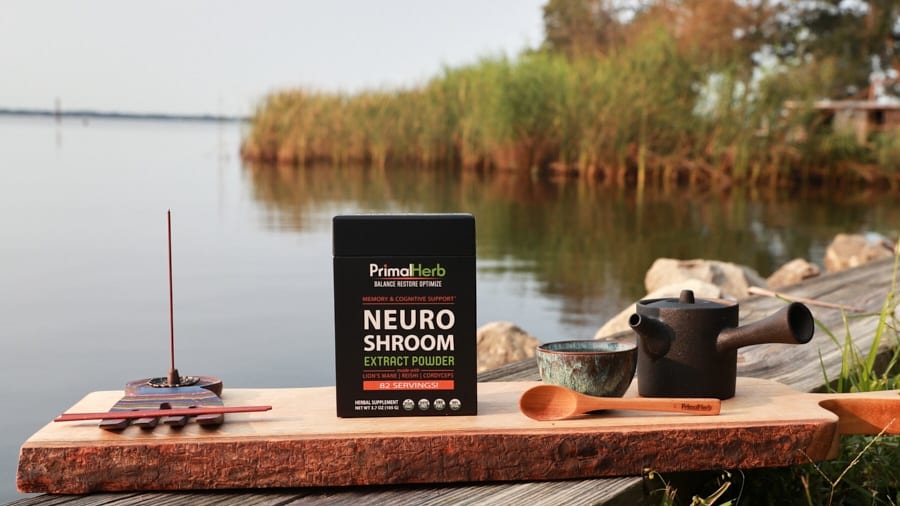 Neuro Shroom-Enhance The Mind: Click Here
Neuro Shroom-Enhance The Mind: Click Here
Improved Skin
There is a lot of research that correlates UV-A and UV-B with the aging of the skin. However, the sun also can provide a special type of light that works to keep skin young and healthy too.
While the research is still new, there are many studies that support the antiaging and smoothing effects of infrared light. Red light is shown to help improve skin elasticity and smoothness. It boosts the production of collagen, which can slow or stop as the skin ages.
Red light is used to help stimulate the healing pathways in the skin. Many people who experience skin wounds, whether the result of an accident, surgery, or past acne, can struggle with obtaining smooth skin again. Infrared light can help with promoting healing and smoothness too. Research shows that it can help with wound healing and reduce inflammation resulting from a skin wound.
It also can help in the fight against acne. Many people struggle to get clear skin without resorting to strong chemicals and antibiotics, which can lead to skin aging. Infrared light can help. Researchers found that red light reduces inflammation that contributes to acne.
The research is so promising that there are many infrared devices on the market right now and continue to grow in popularity. However, the early morning sun is another way that everyone can get valuable red light. It is also a less expensive way to harness the antiaging and skin soothing effects of infrared light.
Decrease Inflammation
The morning sunlight’s anti-inflammatory benefits go more than skin deep.
Not all inflammation is bad for our health. It helps promote healing from acute injuries when it is localized and temporary. However, our modern lifestyle often leads to chronic inflammation that can cause serious health complications.
Infrared light can provide a valuable resource in treating chronic inflammation. Research shows that red light therapy can alleviate chronic inflammation by increasing blood flow and the body’s antioxidant defenses.
Red light also boosts cellular energy and cuts down on oxidative stress, which also helps lower inflammation in the body. While many people turn to infrared devices for these anti-inflammatory benefits, morning light is another convenient and inexpensive way to take advantage of these benefits!
Reduce the Risk of Cancer
Most of us have heard a lot of information from experts about the risks of overexposure to sunlight. Often, we are reminded that sunlight contributes to skin cancer and warned to stay away and cover up as much as possible.
Certain types of overexposure (such as sunburns) can make people more vulnerable to skin cancer. However, it is not as easy as keeping away from the sun and covering up at every opportunity. Research shows that those with indoor jobs actually have a higher risk of cutaneous malignant melanoma (CMM) than those who spend most of their day in the sun with an outdoor job. CMM is a particularly dangerous type of skin that is more likely to spread.
Maybe the sun is not as dangerous as we are worried it might be?
The fact is, the hormones our bodies create in the sun are vital for reducing the risk of many serious cancers. The modern world is currently facing an epidemic of vitamin D deficiency linked to the overuse of sunscreen and sun avoidance. Vitamin D can be obtained somewhat from supplements but is best created and absorbed through sunlight.
The early morning sun provides limited amounts of vitamin D compared to midday sunlight. However, certain benefits of the morning sun can also help reduce cancer risk.
Infrared light, for example, is gaining attention for its ability to fight cancer. Near-infrared photoimmunotherapy (NIR-PIT) is at the cutting edge of cancer therapy. It uses light along with other traditional treatments to kill cancer cells.
While it still needs more clinical trials to explore cancer therapy, red light does affect our very cells to encourage proper growth.
Also, melatonin is a powerful hormone in suppressing cancer expression. A review of multiple studies found that melatonin helped in reducing the risk of and treating several cancers. Some of these cancers include breast, prostate, gastric, and colorectal. The body’s increase of melatonin in the presence of morning sunlight could provide a powerful reduction of risk for many types of cancer.

Counteract the Damages of Blue Light
Throughout most of history, humans have very little exposure to blue light. The sun, moon, and fire all provided the light we typically used and emitted very little blue light. Even with the invention of the lightbulb, most of the light it emitted was red.
However, this has significantly changed in the past twenty years and the acceleration of technology.
Blue light is everywhere and difficult to avoid. From TV, phone, and computer screens to LED and fluorescent lights, we are all exposed to higher amounts of blue light than ever.
Science is only just beginning to understand why this is a problem. Recent research linked blue light with a number of health issues, including:
- Disrupted sleep
- High levels of cortisol
- Circadian disruption
- Eye issues
In his TED talk, Thaddeus Owen gives an excellent rundown on the current science and dangers of blue light. He argues that we need to wear sunglasses (or blue blockers) indoors and at night, not the opposite. Watch his talk here.
While we can’t avoid blue light altogether, morning sunlight can help undo some of the damages. The red light associated with the morning sun can provide a powerful counterforce to blue light damages. For example, it can reinforce the circadian rhythm that blue light disrupts.
Increased Lifespan
With how much sunlight improves health, is it any surprise that those who spend regular time in the sun live longer? Between better sleep, hormones, and mood, there are a variety of ways it promotes health.
Research backs this up. One study of 30,000 Swedish women sought to measure the effects on the sun and lifespan. It found that those who spent more time in the sun had, on average, an increased lifespan of up to two years versus those who spent less time outside. This reduction in death was from all causes, not just those directly related to sun exposure.
Sunlight not only improves the quality of life, but it extends quantity as well.
How Much Morning Sunlight is the Right Amount?
The short answer: it depends. The amount of melanin in our skin, our overall physical health, and the area latitude all affect our sunlight needs. We can decide the right amount based on how well we feel and whether it produces a notable improvement.
The good news is, though, it is difficult to get too much morning sun. The low UV-B light means it is nearly impossible to get a sunburn or increased skin cancer risk.
We should get as much early morning sun as possible. While 20-30 minutes can do wonders for health, even 10-15 minutes first thing in the morning can produce benefits.
Tips for Optimal Morning Sunlight
There are ways to make sure you get the most from your morning dose of sunshine, including:
Get up at dawn. The closer to sunrise, the better the benefits. A good general rule is that the most benefits come from the sun when our shadows are longer than our bodies. This is when there is the most red light. However, if getting up is a struggle, getting sunlight as soon as waking up still has benefits.
Show some skin. Clothing can block the skin from absorbing the rays of the sun. To get the most benefits, wear as little as clothes as possible to absorb the most IR-A and UV-A rays. Take off your sweater, put on a swimsuit, or even go in the buff if possible!
Don’t forget the eyes. The human eye has the amazing ability to absorb and use sunlight. Get the maximum effects by removing all barriers to the eyes. Take off any sunglasses, glasses, and contacts to get the naked eye exposed. Spend some time in the sun before putting on glasses or contacts for the day.
Combine with earthing for amplified effects. The morning sun provides amazing benefits on its own. However, it can be combined with earthing, also referred to as “grounding,” for an even better morning boost. There is a lot of research that taking off our shoes and feeling the Earth beneath our feet is beneficial for our health. While we didn’t discussed the benefits of earthing before, here is a short rundown of some of them include:
- Improved sleep
- Reduced chronic pain
- Lowered inflammation
- Reduced stress
Get to the beach early. Planning a fun day in the sun? One of the best ways we can protect our skin is by preparing it with early morning light. Spend some time in the sun around sunrise to help signal to the body that it’s about to get some sun. It’s another smart way to protect the skin from the harmful effects of overexposure.
Harness the Benefits of Early Morning Light
It can be difficult for some people to get out of bed to watch the sunrise, but it provides powerful benefits for those who do. Plus, one of the benefits of an improved circadian rhythm is that it will eventually be easier to do!
Take some time to get an early morning workout outdoors or just sit in a warm sunbeam before work. Your body will thank you!
GET SOCIAL – LIKE, COMMENT, PIN, AND SHARE!
Recommended
Discover Gynostemma: Nature’s Answer to Chronic Pain Relief
Pain isn’t always simple. Pain can be acute or intense, but it can also be chronic, subtle, and life-changing. No matter what pain may be like, it can be limiting. More frustrating are the limited …
Elevate Your Memory: Nature’s Best for Cognitive Boost
It can be frustrating, the way it infiltrates anything and everything in one’s routine. At first, we might not be able to put a finger on what’s going on, or even think of it as …
Chaga Mushroom Unleashed – The Research Continues to Amaze!
There are culinary mushrooms we know quite well, like button mushrooms, portobellos, even shiitakes. There are also healing mushrooms like reishi we know as supplements, too. Then there is chaga mushroom. This fungus—which looks more like …
- Exclusive Offers
- Product Giveaways
- Latest Research
- New Product Launches

